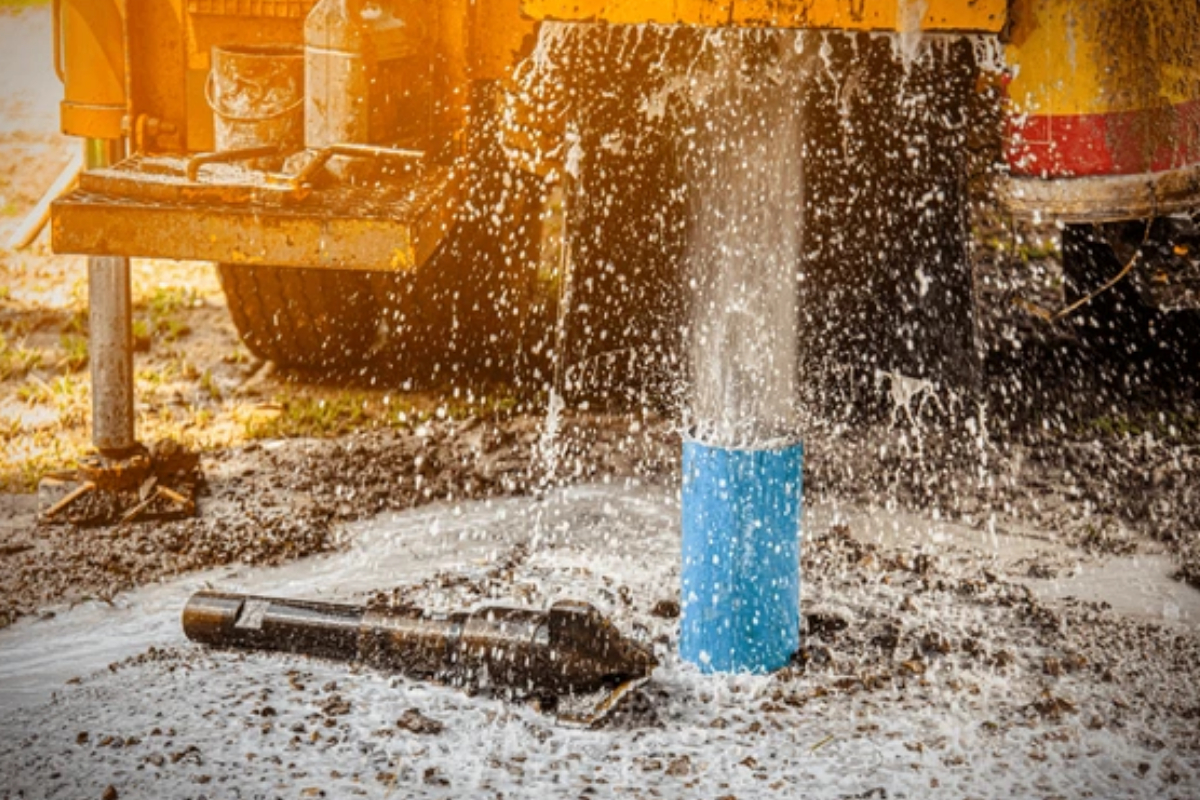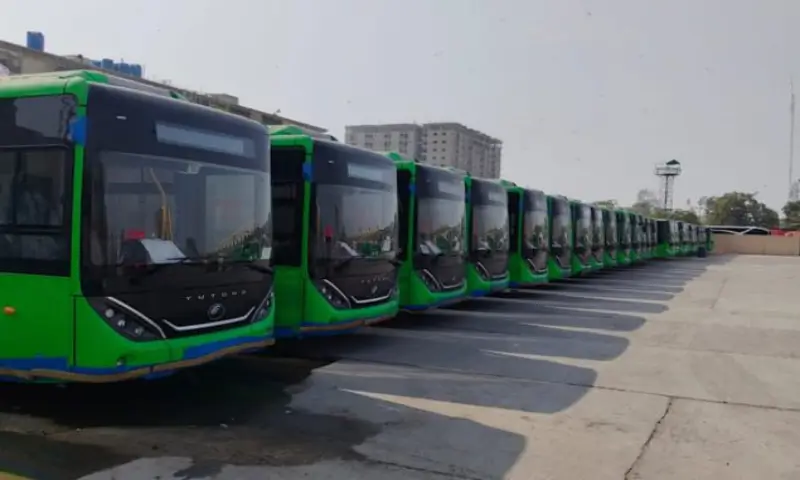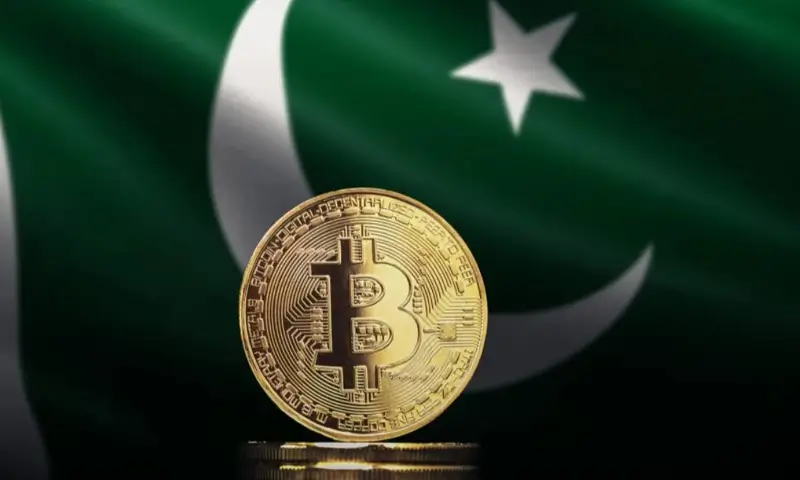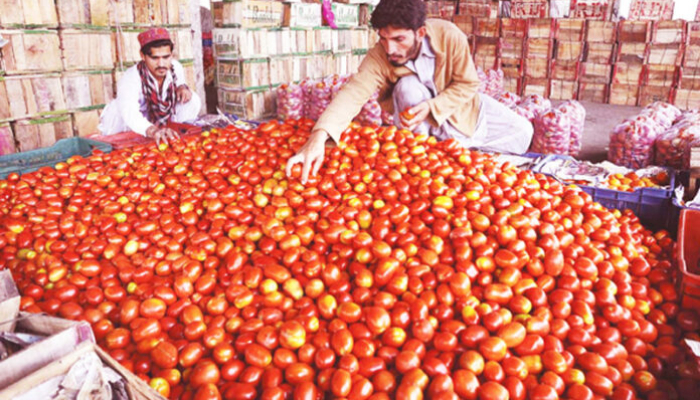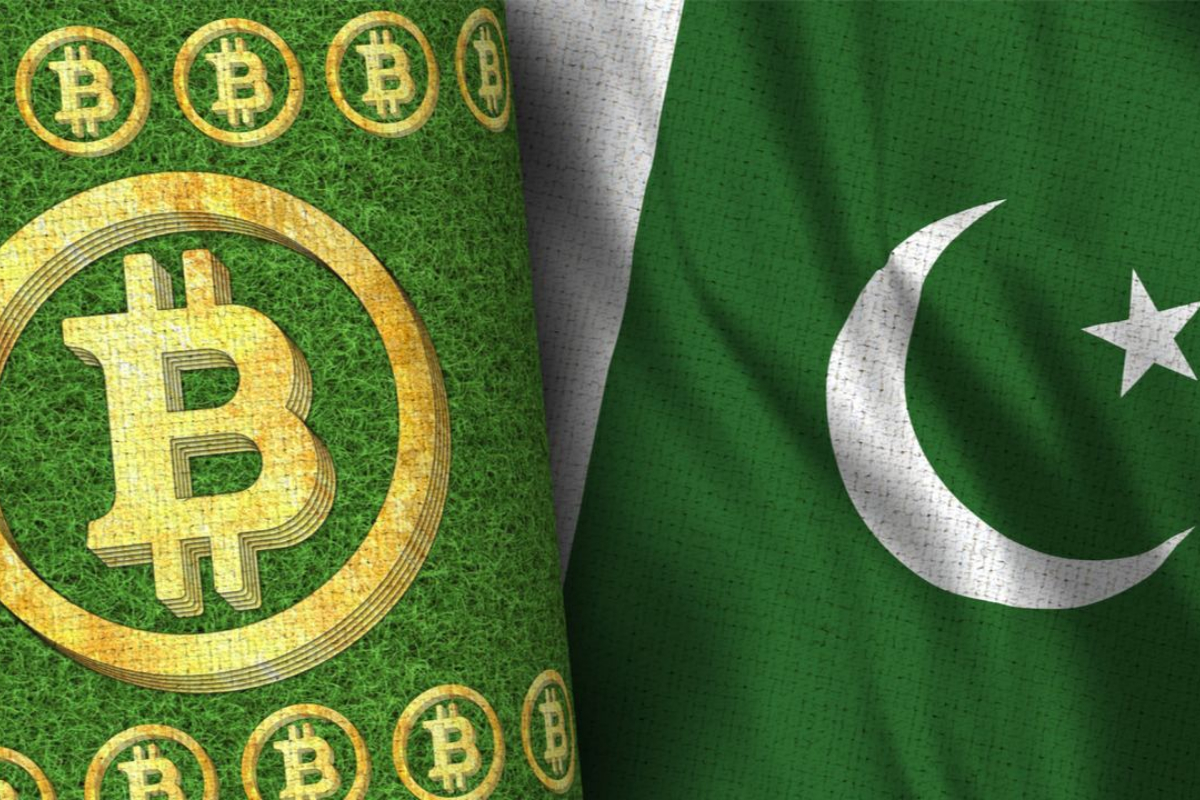Karachi, Pakistan’s largest city, is currently in the grips of a severe water crisis, exacerbated by a population exceeding 20 million and a dwindling water supply unable to meet demand.
With only approximately 550 million gallons per day (MGD) available against a demand exceeding 1200 MGD, the city faces a staggering shortfall.
Factors contributing to this crisis include mismanaged sewage systems, flawed urban planning, overcrowding, limited funding, corruption, and environmental changes driven by climate change.
In response to the acute water shortage, residents increasingly resort to groundwater extraction, commonly known as water boring.
This method involves drilling into the earth’s surface to access water reservoirs stored in aquifers. However, the cost of such boreholes varies according to their depth and diameter. Rates for water boring in Karachi are structured based on these factors.
For instance, an 8-inch diameter bore costs Rs. 600 per foot for the first 600 feet, with rates increasing to Rs. 800 per foot for depths between 600 to 800 feet, and further to Rs. 1,000 per foot for depths between 800 to 1,000 feet. Costs escalate if the diameter of the bore is widened to 12 inches or 15 inches.
While groundwater extraction may offer a reprieve, it’s imperative to address the underlying causes of the water crisis for long-term sustainability.
With Karachi’s water demands expected to surge in the face of ongoing shortages, it’s essential for residents to be aware of the financial implications associated with water boring and to advocate for comprehensive solutions to ensure a secure water future for the city.
[embedpost slug=”/petrol-and-diesel-prices-expected-to-drop-again/”]

